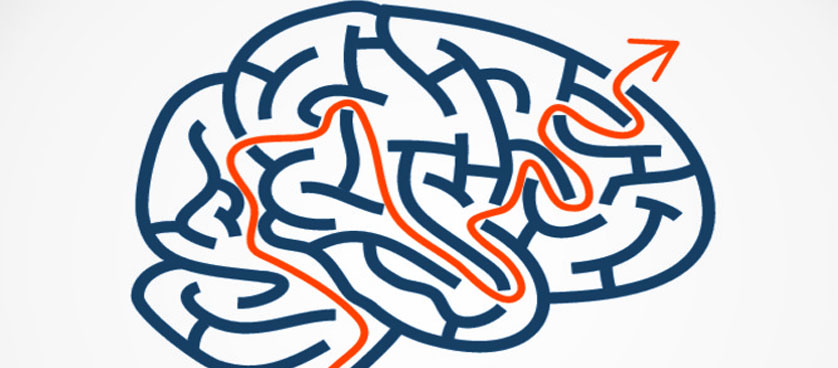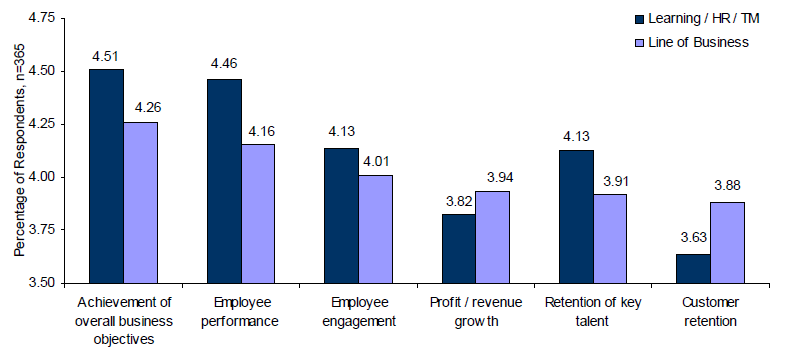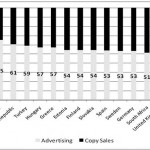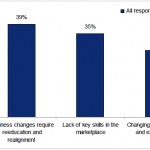Measuring the organizational impact of learning with KPIs
Measuring the impact of learning is one of the biggest challenges for learning organizations due to its intangible and hard to quantify nature. Regardless of the key performance indicators used to measure the impact of learning programs, it is essential to ensure they convey meaning and value.
A recent Aberdeen Report, conducted by Lombardi and Bourke between September and October 2010, examined the use, intentions and strategies of nearly 400 organizations to achieve their learning and business performance objectives.
According to the research findings the performance indicators used to measure the impact of learning on organizations are similar for both line of business and HR / talent management / learning professionals. Differences appear mostly in terms of priority. While HR professionals put more emphasis on internal facing metrics such as employee engagement, employee performance and retention of key talent, the line of business gives more value to external facing metrics such as profit and customer retention.
Measuring learning progress should be an ongoing activity for organizations. The Aberdeen study mirrors that one of the reasons for which Best-in-Class organizations (top 20% of the enterprises surveyed) outperform their peers is their unique approach to learning.
- 26% of Best-in-Class companies measure their learning program effectiveness after every course or program compared to only 17 % of all others;
- 22% of Best-in-Class companies assess the performance on the overall learning and development strategy at least quarterly, while 8% review it on a monthly bases;
- 50% of Best-in-Class companies are more likely to work with key stakeholders for developing meaningful learnig metrics compared to 23% of Laggards.
Reference
Image Source:- theconversation.com
- Lombardi & Bourke (2010)

Tags: KPI, Performance Management, Performance Measurement, Report Analysis






